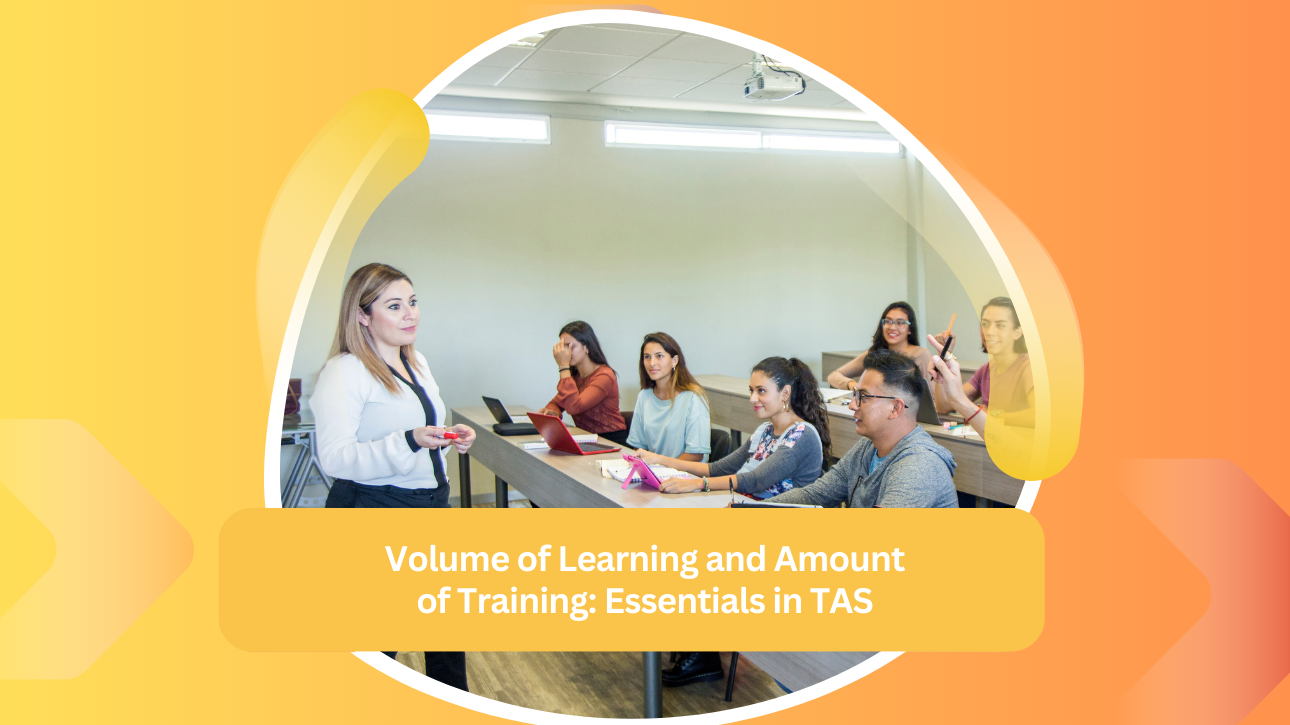Understanding “Volume of Learning” and “Amount of Training” is crucial for adhering to the Standards for Registered Training Organisations (SRTOs) 2015, particularly clauses 1.1 and 1.2. These standards guide how training and assessment are conducted in the VET sector.
🕒 Volume of Learning
Definition: The total time typically needed by a learner to complete the training and assessment, including both structured and unstructured activities.

- Includes:
- 🏫 Structured Activities: Classes, lectures, tutorials, online interaction, supervised study.
- 🔍 Unstructured Activities: Independent study, research, workplace skill practice.
⏱️ Amount of Training
Focus: The part of the volume of learning involving direct instruction and supervision.
- Comprises:
- 🖥️ Online Modules: E-learning sessions.
- 👨🏫 Classroom Sessions: Face-to-face instruction.
- 💼 Workplace Learning: On-the-job training.
SRTOs 2015 Clause 1.1: Addresses the requirement to develop and implement comprehensive training and assessment strategies.
⚖️ Balancing Volume and Amount in TAS
Key Strategy: A TAS must articulate both aspects, considering the learner cohort’s existing skills and required pacing.

- 📋 Planning: Assess the required volume and amount of training based on the training package.
- 🔍 Learner Assessment: Determine the training needs of the learner cohort.
- 📅 Scheduling: Organize sessions and activities according to TAS requirements.
SRTOs 2015 Clauses 1.1 and 1.2: Ensures compliance with the requirements for the delivery of training and assessment, considering the amount and quality of training.
🔧 Practical Application Tips
📚 Review Guidelines: Check the training package or accredited course for volume of learning requirements.
🔍 Assess Learners: Understand your learner cohort’s existing skills and knowledge.
📅 Align Scheduling: Plan sessions and activities as per TAS requirements.
Quote from SRTOs 2015: “The RTO’s training and assessment strategies and practices, including the amount of training provided, are consistent with the requirements of training packages and VET accredited courses and enable each learner to meet the requirements for each unit of competency or module.”
Disclaimer:
The information presented on the VET Resources blog is for general guidance only. While we strive for accuracy, we cannot guarantee the completeness or timeliness of the information. VET Resources is not responsible for any errors or omissions, or for the results obtained from the use of this information. Always consult a professional for advice tailored to your circumstances.






